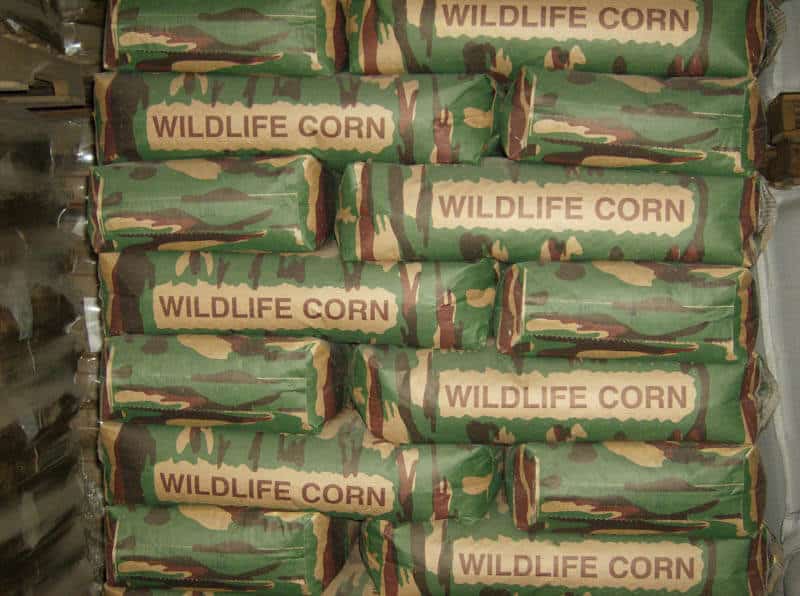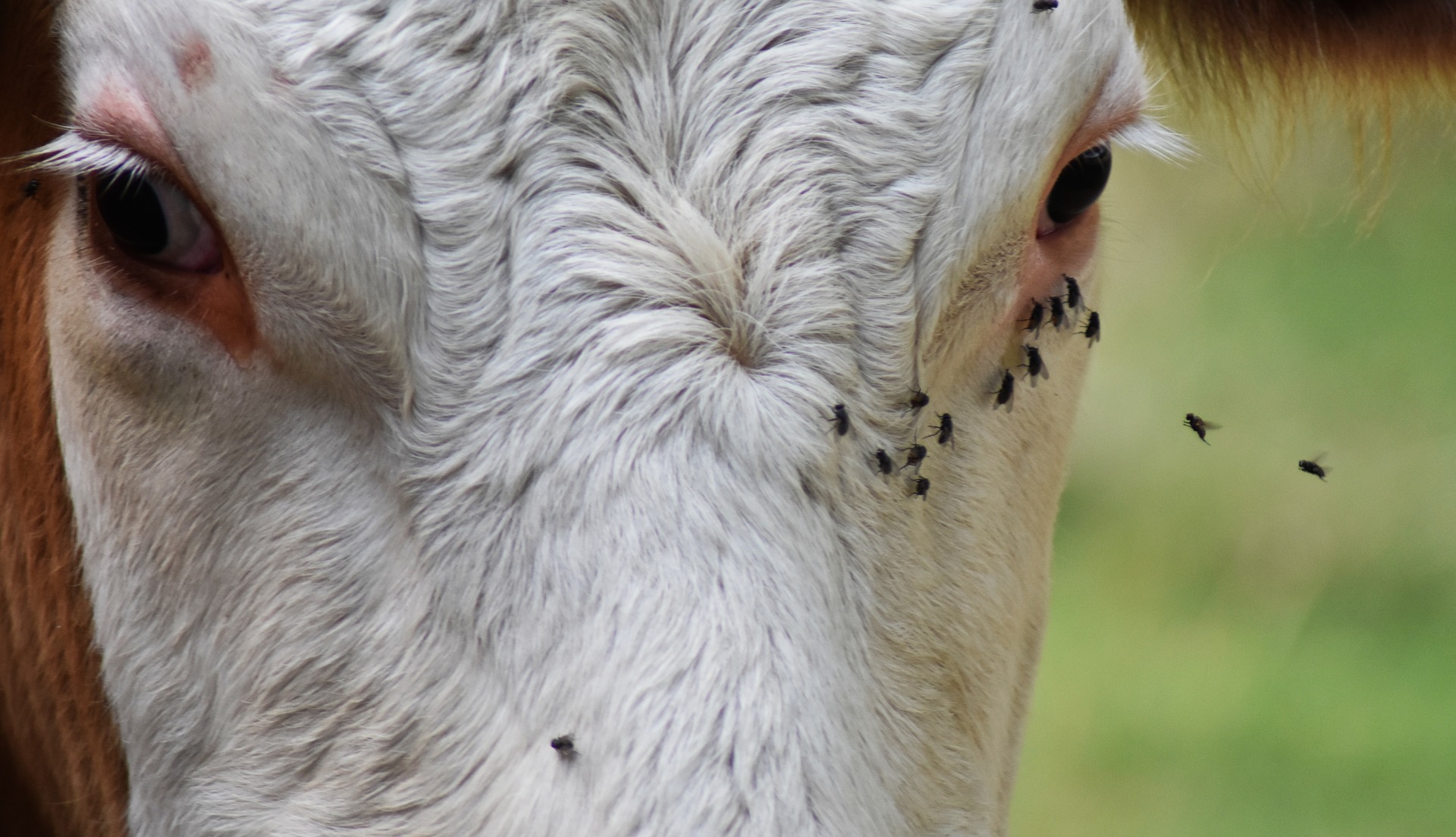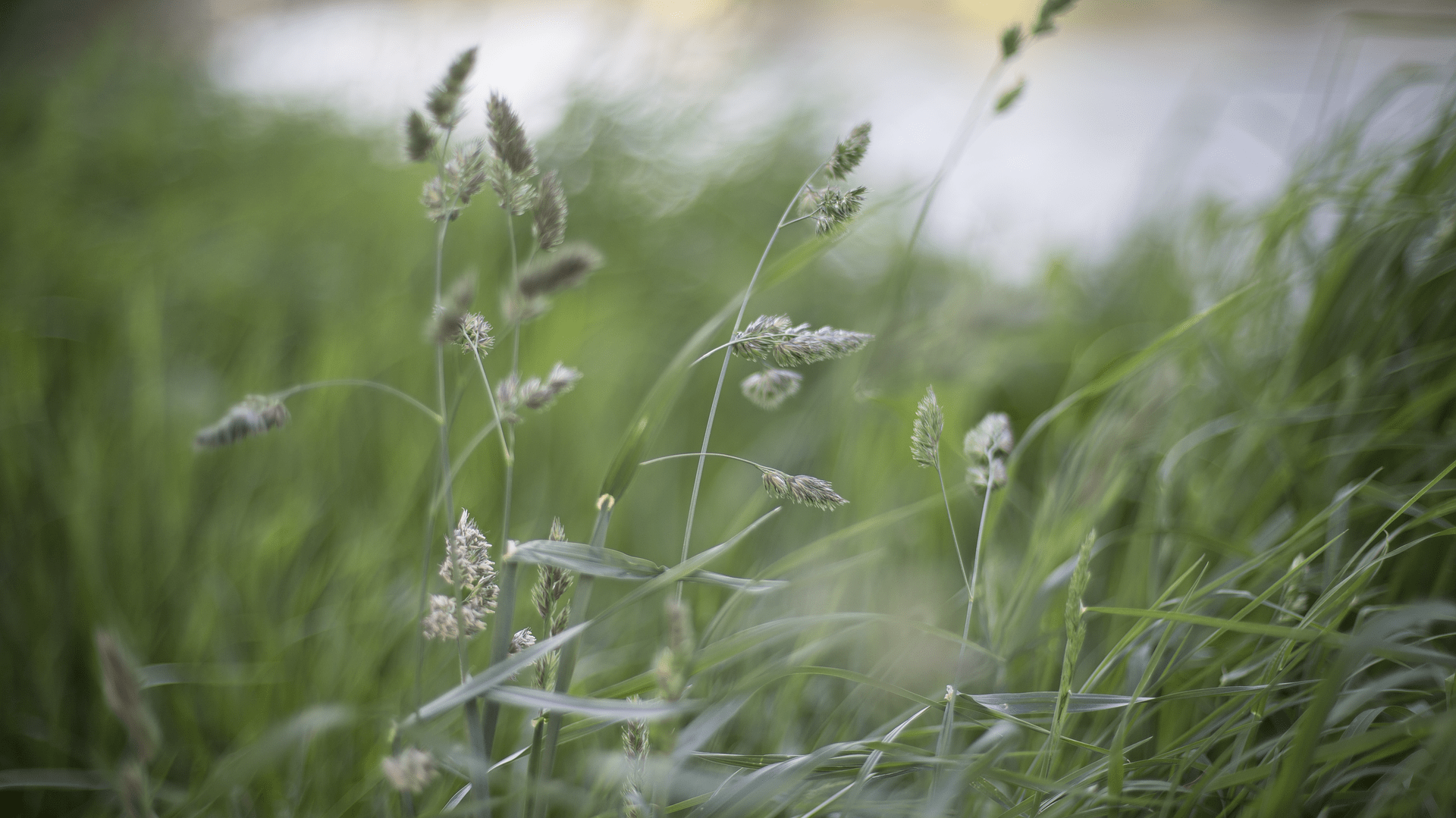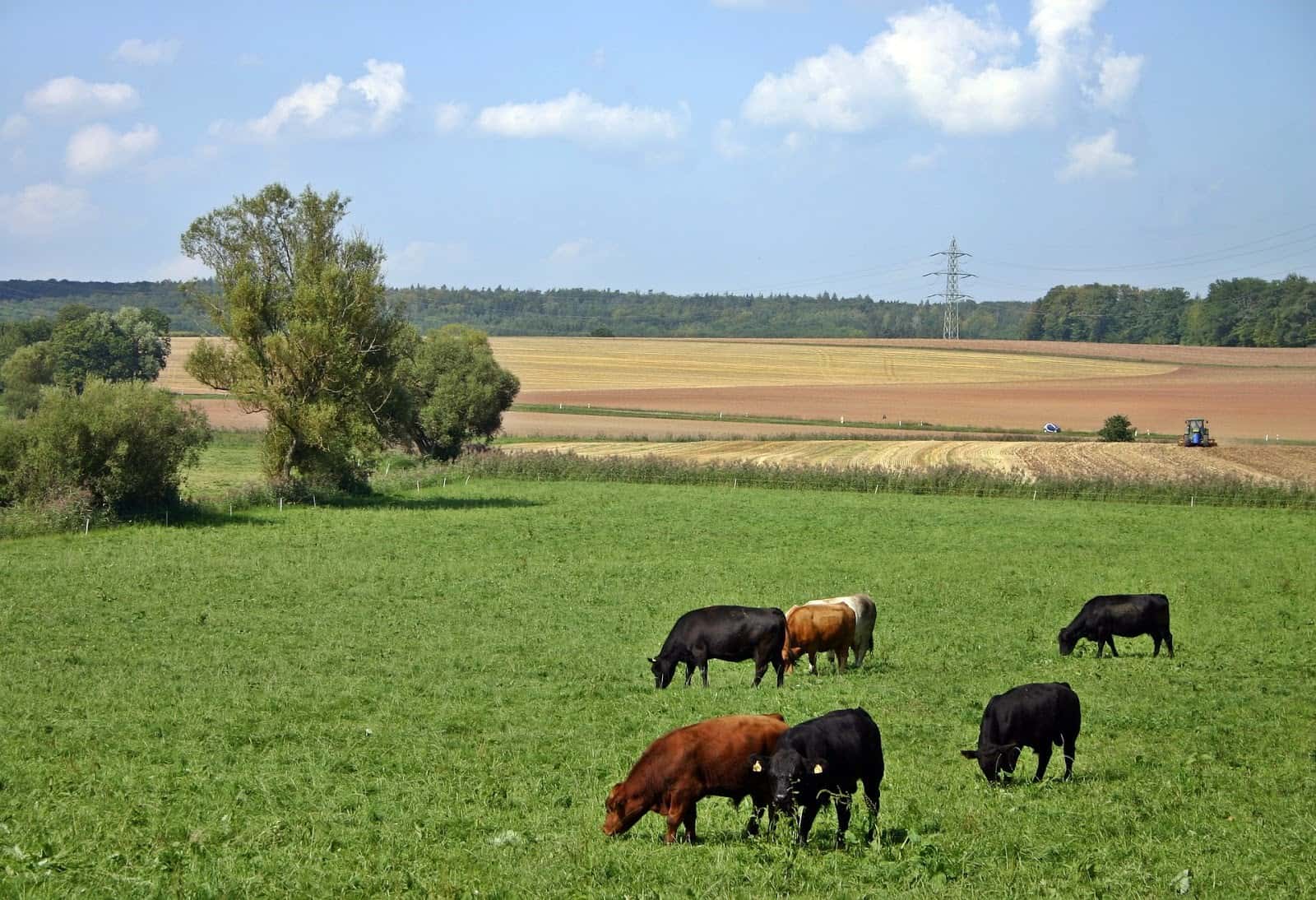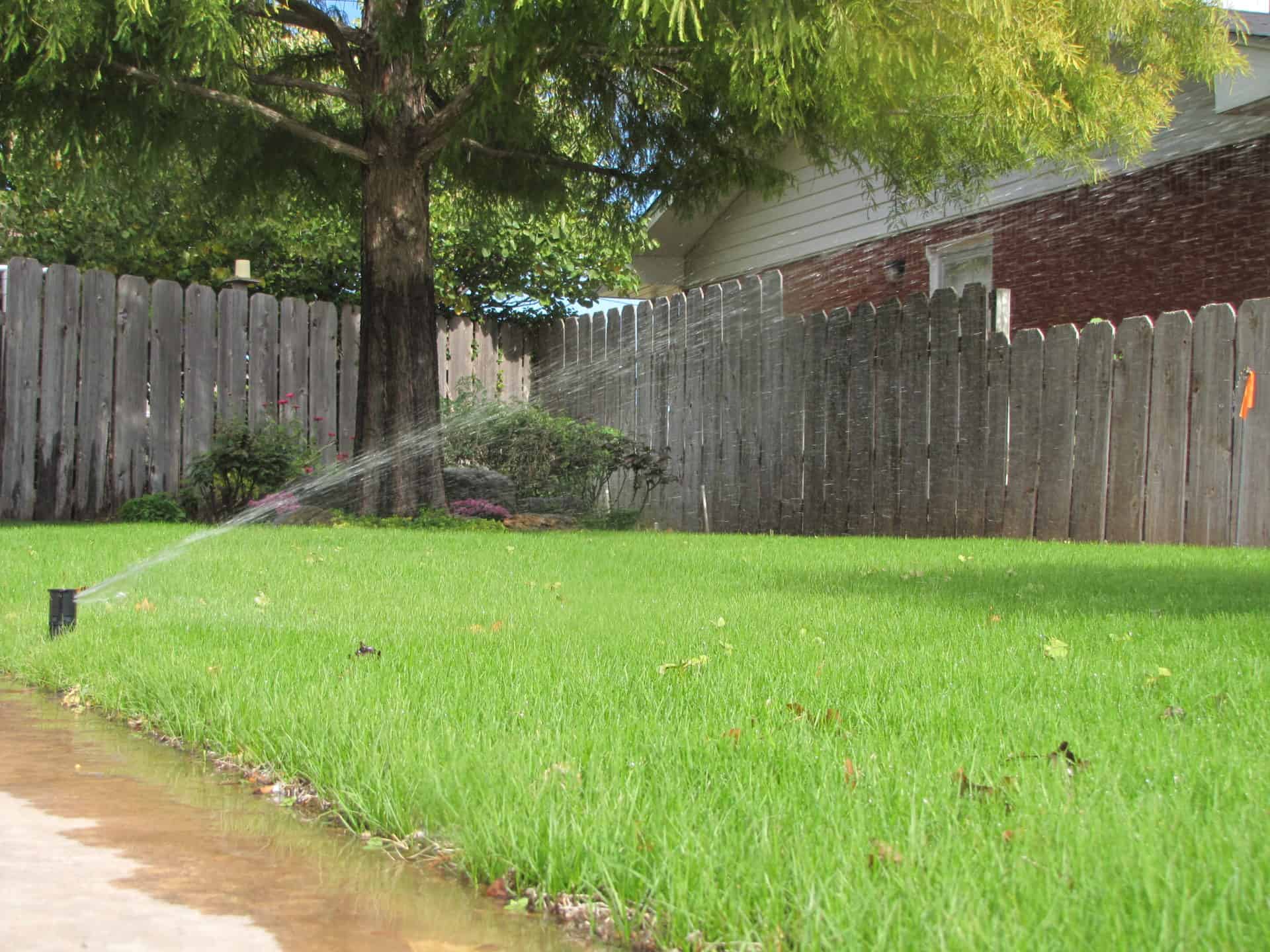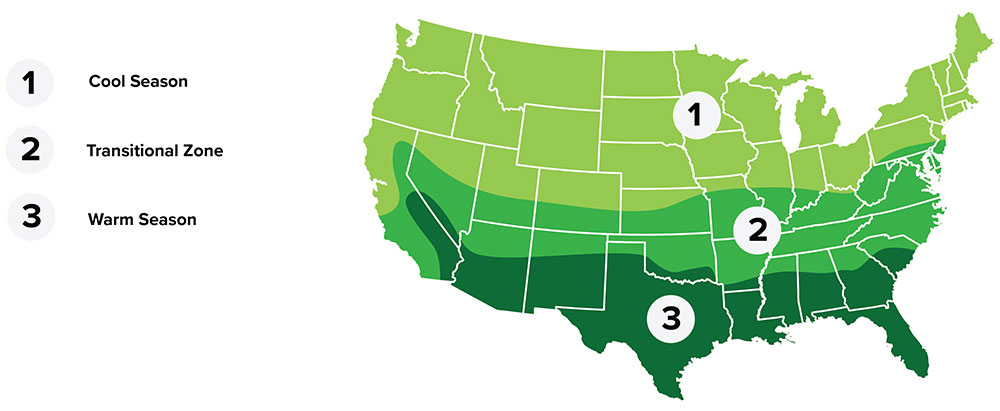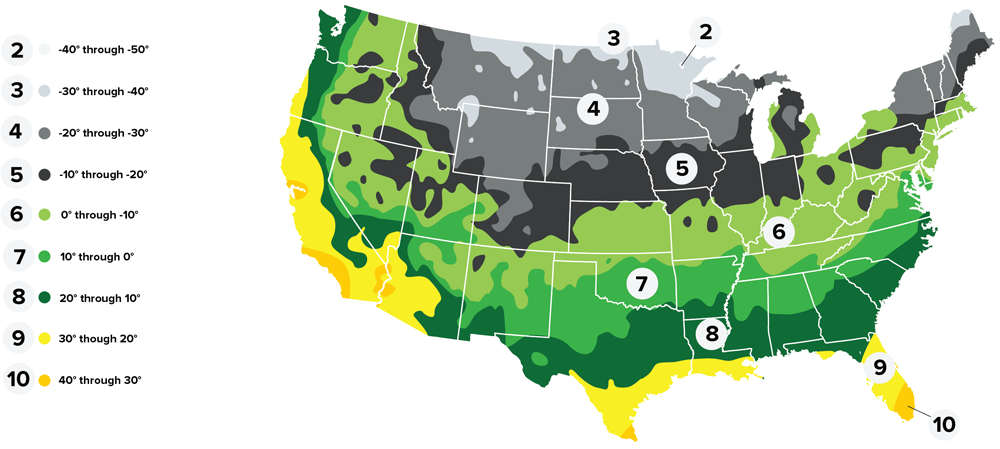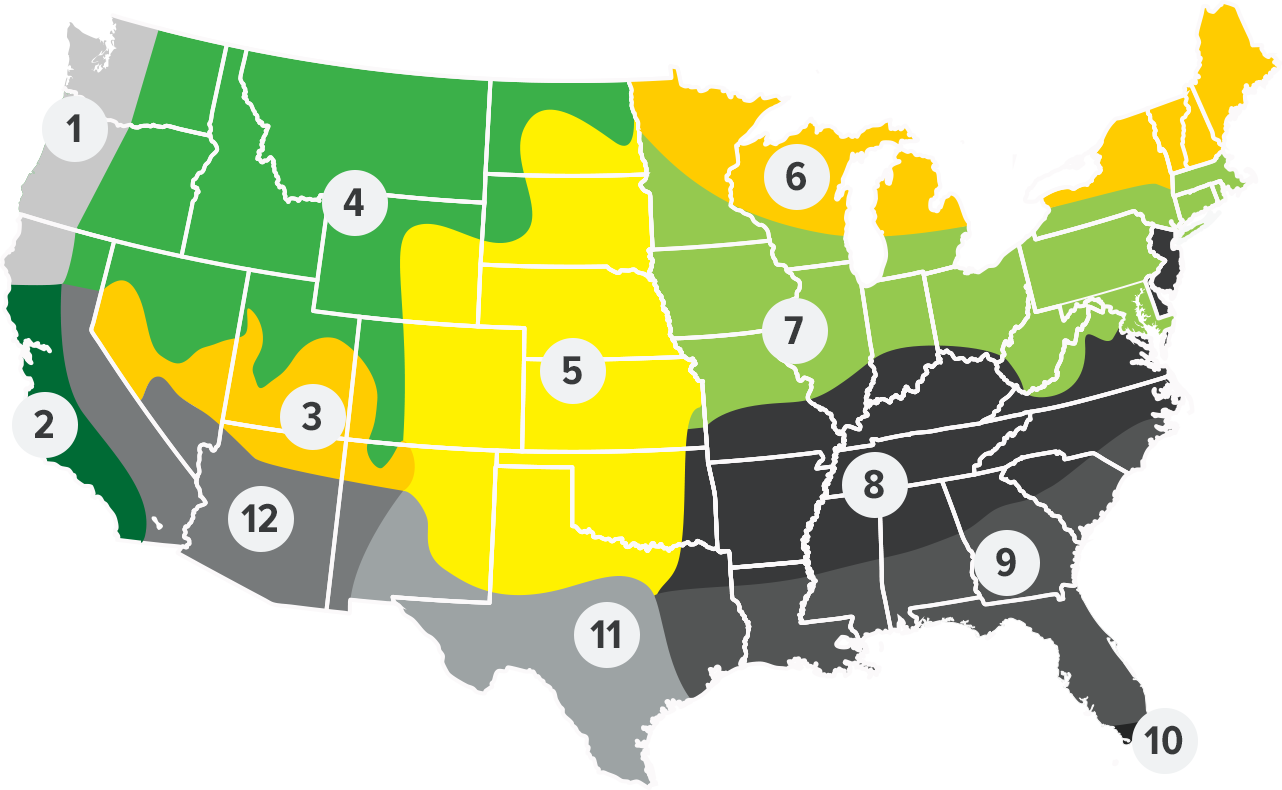SMOOTH BROMEGRASS
Summary
Smooth brome, is a leafy, sod-forming, perennial, cool season grass that spreads by rhizomes. This species is both native and introduced.
Plant Characteristics
Taxonomy
Zone
- Regional Growing Zone
- 1 - Northwest Coastal, 2 - California Coastal, 3 - Southern Mountain, 4 - Mountain, 5 - Midwest, 6 - Northeast Lakes, 7 - Great Lakes South, 9 - Southeast, 11 - South Texas, 12 - Southwest
- USDA Plant Hardiness Zones
- 2, 3, 4, 5, 6, 7, 8, 9
Plant Characteristics
- Height
- 24" - 48"
- Bloom Period
- Late-Spring
- Bloom Color
- Yellow
- Leaf Color
- Green
- Growing Cycle
- Perennial
- Sun Requirement
- Full Sun
Plant Information
- Planting Season
- Fall - Spring
- Plant Depth
- 0.5" - 0.75"
- Minimum Soil Temp for Germination
- 50° F
- Establishment
- Easy
Seed Information
- Seeds Per Pound
- 143,000
- Kingdom
- PLANTAE
- Subkingdom
- TRACHEOBIONTA
- Super Division
- SPERMATOPHYTA
- Division
- MAGNOLIOPHYTA
- Class
- LILIOPSIDA
- Subclass
- COMMELINIDAE
- Order
- CYPERALES
- Family
- POACEAE
- Genus
- BROMUS
- Species
- BROMUS INERMIS
Coverage Area & Available Sizes
How to Use & Apply
A clean firm seedbed is needed. Due to the slow germination and establishment of smooth brome, spring seedings are especially preferred in the northern states. In southern areas, late summer seedings are a second option. Fall seedings should be made at least 6 weeks before a killing frost is expected.
Applications
Smooth brome may be used for hay, pasture, or silage. It is compatible with alfalfa or other adapted legumes. The grass is highly palatable and is high in protein content and relatively low in crude-fiber content.
Smooth brome may be used for hay, pasture, or silage. It is compatible with alfalfa or other adapted legumes. The grass is highly palatable and is high in protein content and relatively low in crude-fiber content.
Since the plant has a massive root system and is a sod former it can be used effectively for critical area planting and grassed waterways if the areas can be irrigated or where annual precipitation exceeds 20 inches.









